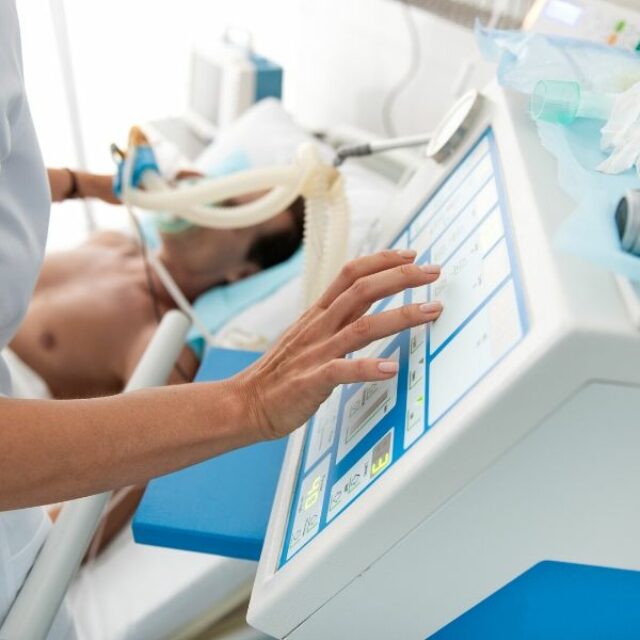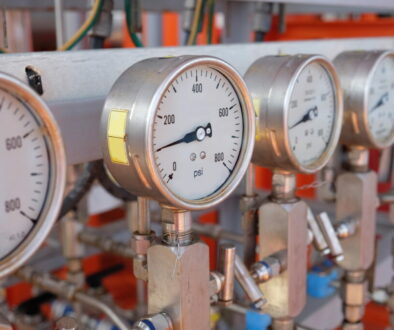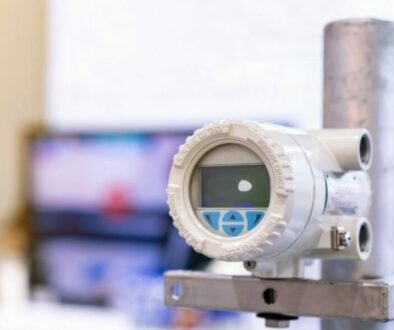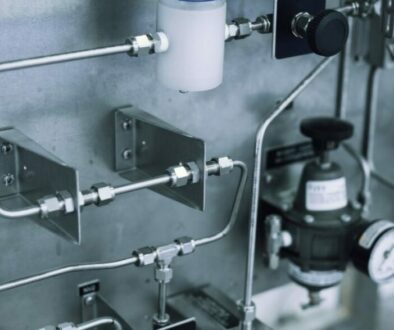The Basic Components of a Mechanical Ventilator
During their careers, most intensive care unit (ICU) doctors will spend a lot of time using ventilators. They will be staring at the screens, making small adjustments, talking about them, and being appreciative that they exist. Because doctors and nurses in the ICU will spend so much time working with the machines, it’s remarkable how little attention is paid to the make-up of the machines during training. There is more to know about operating any machine than simply how to turn it on and make adjustments. Knowing the basic components of a mechanical ventilator will help in understanding the big picture of what it does, how it does it, and how to make the doctor better at operating it.
What Is a Mechanical Ventilator?
Simply put, a mechanical ventilator is a life support machine that keeps people alive by breathing for them. The ventilator is an automated machine in which energy is transformed in a predetermined manner, by the control circuit and pneumatic pressure regulators, to augment a patient’s muscles in order to breathe for them when they can’t do it themselves. The ventilators must be fully automated so that the controls and settings can be programmed and maintained without human intervention. The idea is that the doctor can set it and forget it.
The Basic Components
Among the basic components of a mechanical ventilator, there are four main parts: the power source, controls, safety features, and monitors.
The Power Source
The power source consists of the energy used to keep the machine functioning and the gas flowing to the patient. Ventilators are powered by electricity flowing from a wall outlet and a series of backup batteries. The gas flowing to the patient is, of course, oxygen, so they can breathe.
The Controls
Like any machine, there are controls that the doctor or nurse uses to operate the machine. Ventilators have many controls that do different functions. They have gas blenders, gas accumulators, flow regulators, humidifiers, and pressure regulators. All perform a specific function that is vital for the patient’s wellbeing. Flow and pressure regulators keep the flow of the gasses consistent and constant so that the doctor can set the rate and pressure of the gas and the machine will maintain it.
The Monitors
The monitors sense and present the characteristics of the gas delivery, so the doctor can assess the performance of the machine. The doctor can look at the monitors to ensure that the settings are being maintained and the patient is doing okay. The main thing they watch is the flow of the gasses that keep the patient alive.
Safety Features
The safety features on a ventilator are there so that, in the event of a catastrophic accident, the patient will stay alive. There are alarms to warn the attending staff if the machine loses power or the pressure level drops. The features usually include emergency backups in the event of power loss.




